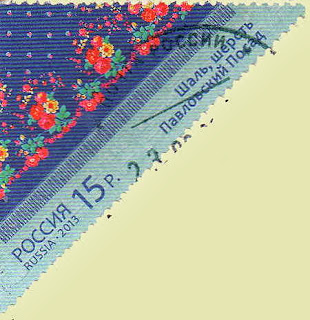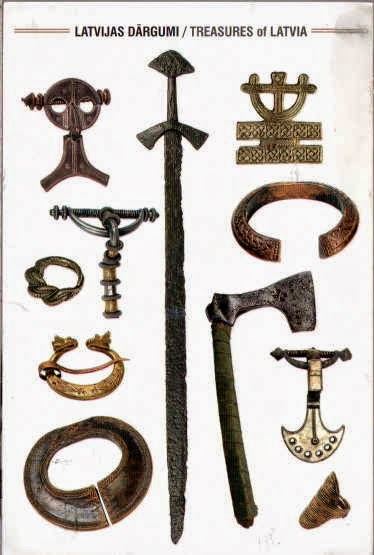954 – from
Danielle in Nebraska another bookish card for my collection. I wonder why there are so many postcards of
books and reading (not that I’m complaining – far from it!)? This is not a photo, as it might appear first
glance. It’s a rather superb oil on
canvas by John Frederick Peto (1854-1907).
Peto was an
American trompe l'oeil ("fool the eye") painter who was long
forgotten until his paintings were rediscovered. In his day they were considered mere novelty
and trickery and ignored by the artistic community. Peto was born in Philadelphia, Pennsylvania,
and studied at the Pennsylvania Academy of the Fine Arts at the same time as
fellow trompe l'oeil artist William Harnett. Until he was in his mid-thirties,
he submitted paintings regularly to the annual exhibitions at the Philadelphia
Academy. In 1889, he moved to the resort town of Island Heights, New Jersey,
where he worked in obscurity for the rest of his life. He and his wife took in
seasonal boarders, he found work playing cornet at the town's camp revival
meetings, and he supplemented his income by selling his paintings to tourists.
He never had a gallery exhibition in his lifetime.
Trompe
l'oeil is a genre of still life that aims to deceive the viewer into mistaking
painted objects for reality. Exploiting the fallibility of human perception,
the trompe l'oeil painter depicts objects in accordance with a set of rules
unique to the genre. For example, Peto and Harnett both represented the objects
in their paintings at their actual size, and the objects rarely were cut off by
the edge of the painting, as this would allow a visual cue to the viewer that
the depiction was not real. But the main technical device was to arrange the
subject matter in a shallow space, using the shadow of the objects to suggest
depth without the eye seeing actual depth. Thus the term trompe
l'oeil—"fool the eye".
A couple
more ‘Forever’ stamps from 2013.
955 – It’s
autumn and apple-picking season, says Monica, who sent me this lovely, gentle Jan Bergerlind
painting from Sweden.
956 – from
Gerrit in the Netherlands (NL-2090475).
Alkmaar is noted for its cheese market, every Friday during Summer.
957 – from
Veronica in Russia (RU-1968385) came this lovely Russian Folk Arts card.
The stamp
depicts a woollen shawl woven in Pavlovsky Posad in Moscow Oblast.
958 – This
is the second postcard I have had from Malaysian postcrosser Khor (MY-169659). It shows the traditional Indian festival of
Thaipusam. It looks rather painful to
me!!
Aren’t these
the most beautiful stamps?
959 – And
another wonderful Inge Look card – this one from Seija (FI-1880985). They are coming in thick and fast!
This is the
first time I’ve had one duplicated but since it’s my favourite I don’t mind at
all – one of them can stay on my notice board.
960 – I thought this
is my first Croatian card, thanks to Nikola (HR-46344), but I've discovered I have had a Croatian postcard previously but it was actually sent from Belarus so it didn't count.
Betina is a
village located on the Croatian island of Murter, seven km from Tisno, where a
drawbridge connects the island and the mainland. The largest of the Šibenik
archipelago islands, and the closest to the mainland, it has been populated
since the time of the Illyrians (tribe of Liburns). Remains of the Roman
settlement of Colentum as well as many ruins of Roman villas, murals, and
mosaic testify to its occupation during the period of the Roman Empire.



























